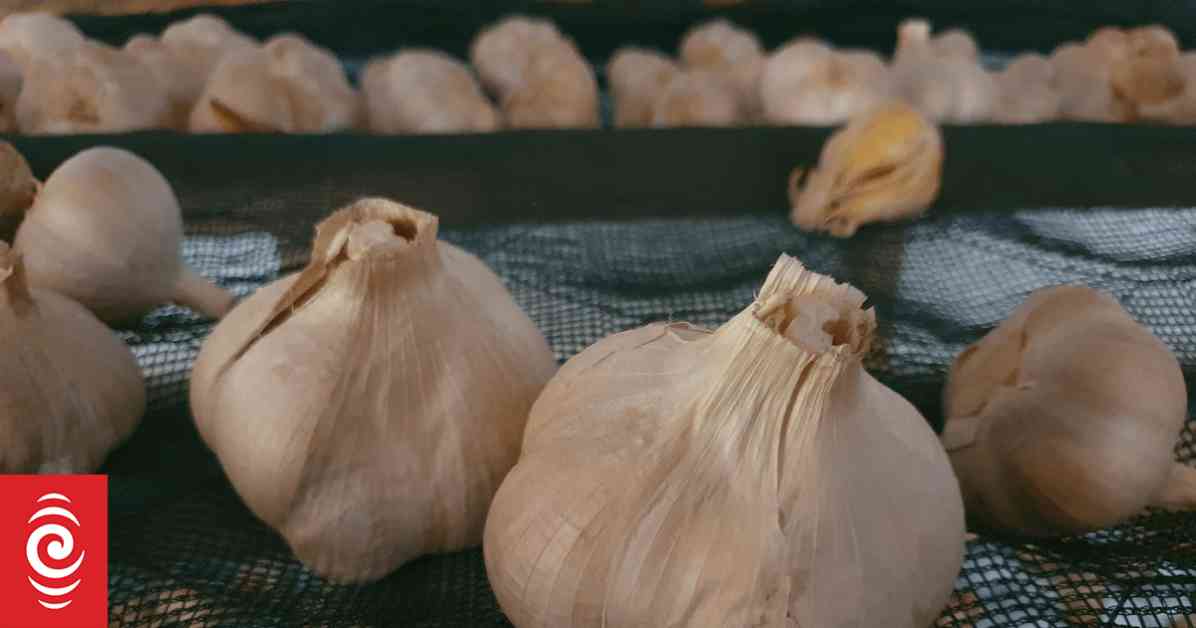The Cost of New Zealand Garlic: Unraveled
Have you ever wondered why a single head of New Zealand garlic can cost a pretty penny compared to its imported counterparts? The debate between local versus imported produce has always been a hot topic, and garlic is no exception. While a bag of garlic imported from China may seem like a bargain at $3.99, a solitary bulb from Woolworths will set you back $4. So, what’s the deal with the garlic market down under?
John Murphy, the chief executive of Murphy’s Garlic and chairman of Vegetables NZ, sheds light on the complexities of growing garlic in New Zealand. He explains that the unique challenges posed by New Zealand’s land and water resources contribute to the higher costs of local garlic production. Despite these hurdles, New Zealand garlic stands out for its quality, attracting the discerning palates of chefs who appreciate its superior taste profile.
Imported garlic certainly has its place in the market, as Murphy acknowledges. However, he emphasizes that New Zealand garlic offers a distinct flavor profile that sets it apart from its overseas counterparts. In fact, tests have shown that New Zealand garlic boasts three times the flavor intensity of imported varieties, making it a culinary gem worth savoring. While the price of a single bulb may seem steep, Murphy assures consumers that it reflects the true value of the product and the effort that goes into cultivating it.
As the new garlic crop hits the shelves, consumers can expect a steady supply of locally grown garlic in stores across the country. The trend of pricing garlic per bulb is a recent development that aims to provide transparency to consumers regarding the true cost of this flavorful ingredient. While the initial sticker shock may deter some buyers, Murphy points out that the longevity of a single bulb of garlic far outweighs its upfront cost. When compared to other supermarket items, such as pre-cooked sausages, the value of a bulb of garlic becomes evident in its lasting impact on meals.
When it comes to distinguishing between New Zealand garlic and its imported counterparts, Murphy is confident in his ability to spot the difference. He notes that the presence of roots on locally grown garlic sets it apart from imported varieties, which often undergo extensive processing before reaching consumers. The emphasis on food integrity and taste in New Zealand garlic reflects a commitment to quality that resonates with discerning buyers seeking authentic, locally sourced products.
In a world where convenience often trumps authenticity, the allure of jarred garlic from overseas may seem tempting. However, Murphy highlights the importance of educating consumers about the unique qualities of New Zealand garlic, from its robust flavor to its unadulterated appearance. By showcasing the roots and natural imperfections of locally grown garlic, retailers play a crucial role in promoting the value of New Zealand produce and supporting local growers.
In conclusion, the debate over the cost of New Zealand garlic transcends mere price comparisons—it’s about celebrating the rich flavors and unique qualities of locally grown produce. While imported garlic may offer convenience and affordability, the distinct taste and integrity of New Zealand garlic make it a hero in its own right. So, the next time you reach for a bulb of garlic at the supermarket, remember the journey it took to reach your plate and savor the flavor of home-grown goodness.

















